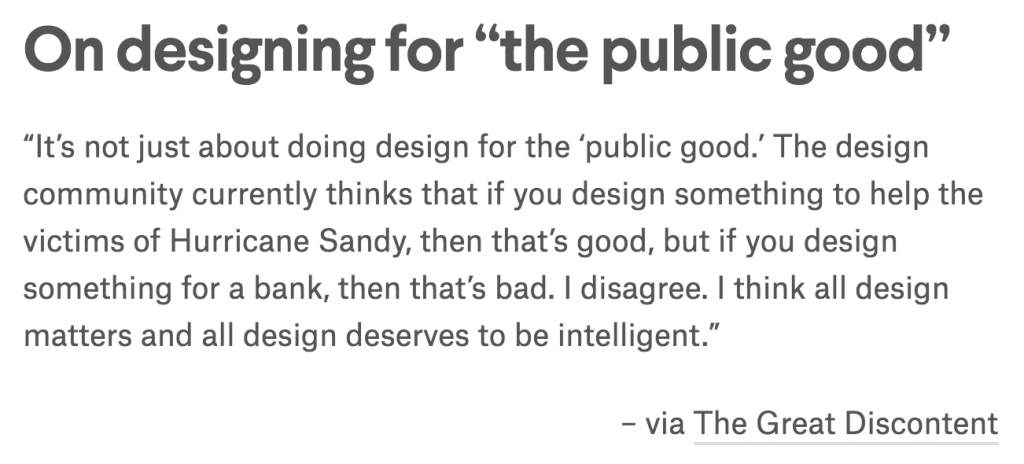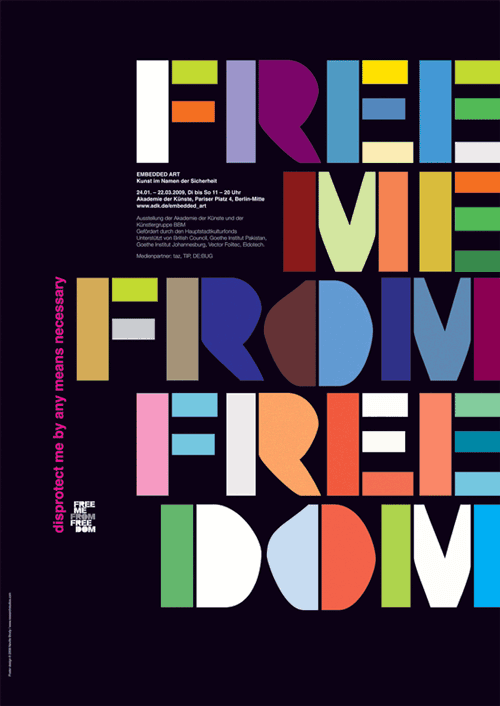HER WORDS
I really loved the article by Alex Bigman, titled “Get to know Paula Scher, titan of postmodern design”, especially the portion where it highlights through quotes Paula Scher’s beliefs on not just typography and design, but also on one’s attitude.
Majority of these I don’t really have words for, rather I’ve decided to leave them here as they serve as some really good reminders – in terms of how I can grow, as well as how sometime’s… “it’s ok”.
As a fresh designer, it is definitely important to take in as much as you can so as to build up a strong foundation for yourself. While it is always encouraged to do what you believe in and to not let others’ opinions affect your work, I take what she says as a reminder to not get too defensive as a beginner as it would become difficult for yourself to develop, and that when you’ve reached a somewhat ‘qualifying’ level, then you should learn how to “explain, defend, and promote your work” because YOU DO YOU!
I don’t have much to say about this one, but just leaving this here because I believe we’re all guilty of being really close minded one way or another!
To all the people who hold their expectations too high for me: I’m not God.
I’ve always struggled with creating ‘minimalist’ designs, and I guess this probably explains why – because I’ve realised, and have been told, that I always produce work better when I relate to them on a personal level, and when I try to create clean designs I’m struggling with the lack of ability to express and be engaged with my design. However, it is still a goal for me to learn how to produce ‘clean’ and ‘minimalist’ works, just because it is such a struggle for me. Hehhh.
–
HER WORKS
I find it astonishing that Scher is able to pull off both corporate and “fun” designs, comparing the Citibank logo to her “loudly expressive poster designs of historic Public Theatre productions like Bring in ‘Da Noise, Bring in ‘Da Funk”.
![]()
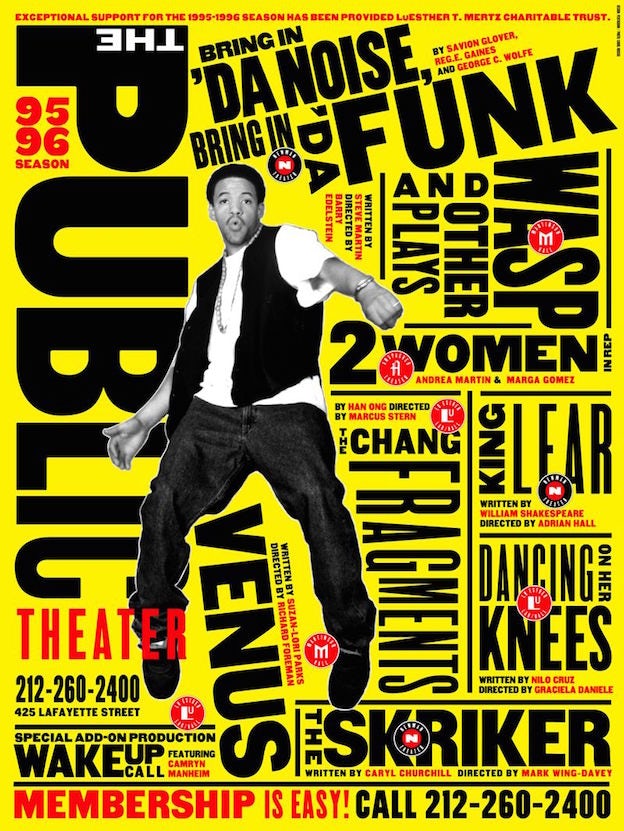
On top of these, I also admire her style and ability to create really expressive type designs while still somehow staying clean at the same time! It’s like a combination of the last two quotes that I had attached to this post above. Perhaps this could be a style I could look towards when I try to create clean designs while still trying to hold expression.
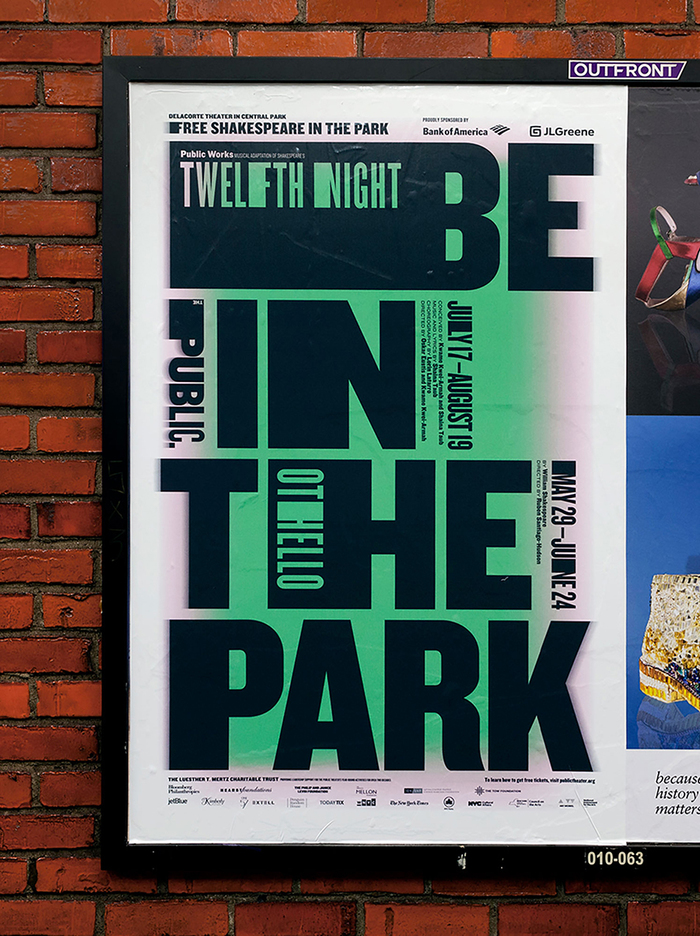

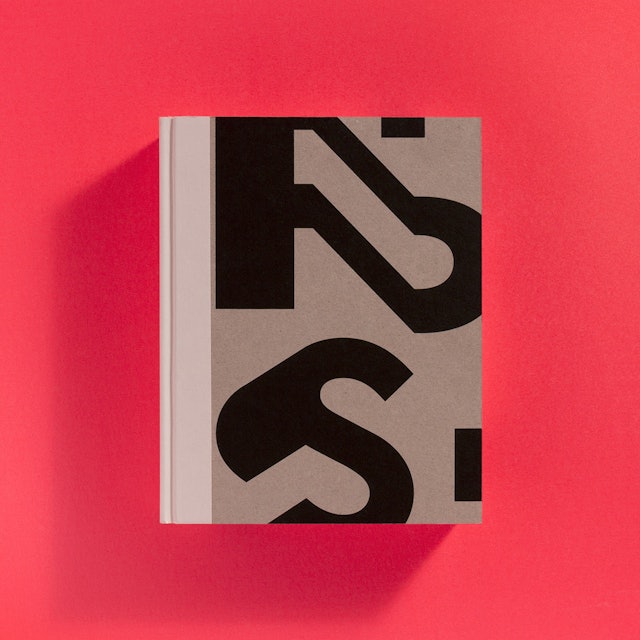
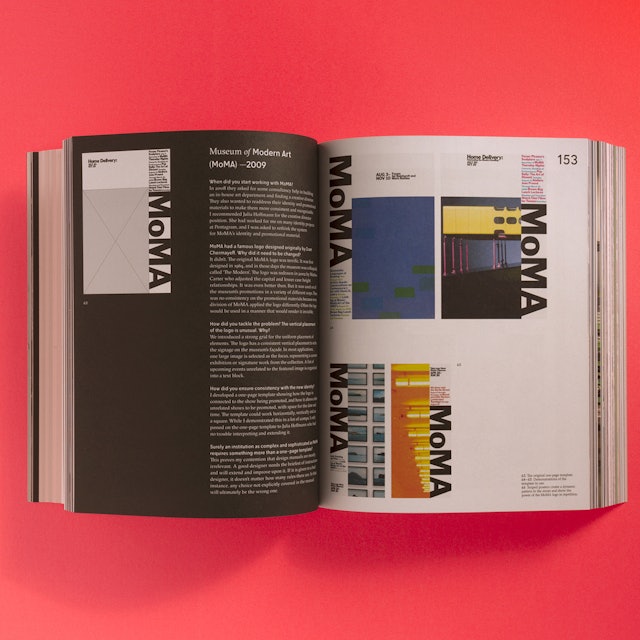
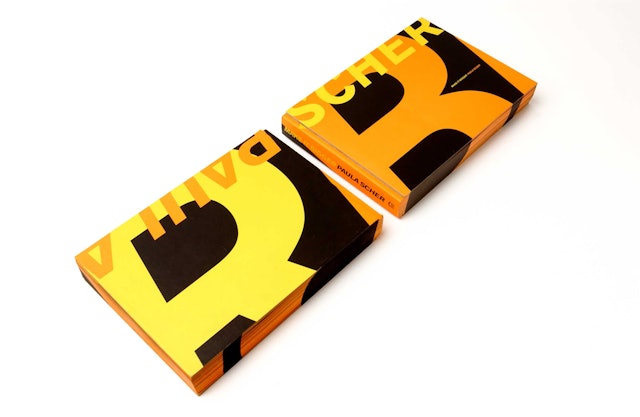
And the ones below are super duper expressive, but she still balances it off with the clean layout. Hmm. Love it.



